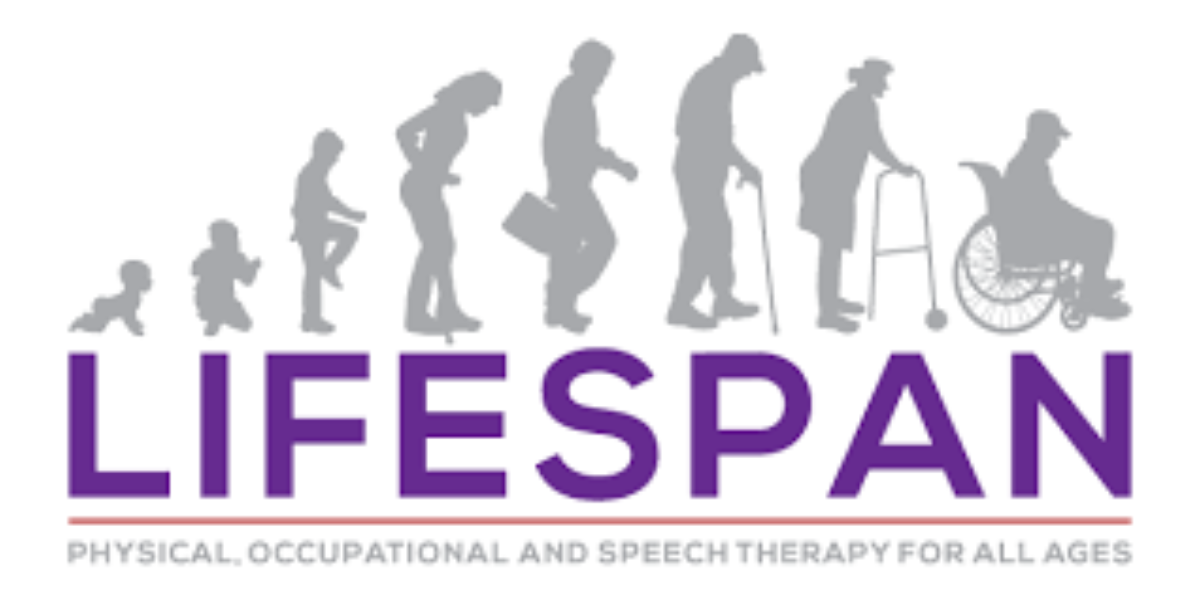Steps to Access Information on the Lifespan Portal
The Lifespan Portal is an essential tool for individuals seeking access to a wide range of health-related information, particularly for those engaged with the Lifespan health system. Lifespan is a prominent healthcare organization offering services that include hospitals, physician practices, and outpatient facilities. Whether you’re a patient, family member, or healthcare professional, the portal provides secure access to critical health information, making it an invaluable resource.
This article will guide you through the steps to access the Lifespan Portal and make the most out of its features, from creating an account to retrieving personal medical records and communicating with healthcare providers.

1. Create an Account on the Lifespan Portal
Before you can access information through the Lifespan Portal, you must first create an account. If you are a new patient or have never registered, you’ll need to complete the registration process.
Step-by-Step Guide to Creating an Account:
- Step 1: Visit the Lifespan Portal Website
- Open a web browser and go to the official Lifespan Portal website. You can search for the portal via a search engine or go directly to the URL provided by your healthcare provider.
- Step 2: Locate the “Sign Up” or “Create Account” Button
- On the homepage or login screen, look for a button or link that says “Sign Up” or “Create Account.” Click on this option to begin the registration process.
- Step 3: Enter Personal Information
- You will be prompted to enter personal information, including your name, date of birth, address, and contact details. Be sure to enter this information accurately.
- Step 4: Verify Your Identity
- To ensure your security and privacy, you may be asked to verify your identity. This could involve answering security questions or verifying information from your healthcare records.
- Step 5: Set Up Your Username and Password
- Choose a unique username and a strong password that you’ll use to access the portal. Your password should contain a mix of letters, numbers, and symbols for security purposes.
- Step 6: Agree to Terms and Conditions
- Read through the terms and conditions of using the portal. Once you agree to them, you will be able to submit your registration and create your account.
- Step 7: Confirm Registration
- After completing the registration process, you may receive a confirmation email or text message. Follow the instructions in the confirmation message to activate your account.
2. Log in to the Lifespan Portal
Once you have an account, logging into the Lifespan Portal is easy. This is the gateway to accessing a range of information, such as medical records, lab results, appointment details, and more.
Step-by-Step Guide to Logging In:
- Step 1: Go to the Lifespan Portal Login Page
- Navigate to the Lifespan Portal login page. You can find it through the Lifespan website or through a direct URL.
- Step 2: Enter Your Username and Password
- Enter the username and password you created during registration. Double-check that the credentials are correct, paying close attention to capitalization and any special characters.
- Step 3: Click the “Log In” Button
- Once you’ve entered your information, click the “Log In” button to access the portal.
- Step 4: Troubleshooting Login Issues
- If you encounter issues logging in, such as forgetting your password, most portals have a “Forgot Password” link. Clicking this will prompt you to reset your password via email or text message.
3. Navigate the Lifespan Portal Dashboard
After logging in, you will be taken to your personal dashboard. The dashboard provides a comprehensive overview of your health-related information and allows you to navigate through various features of the portal. Here’s how to get the most out of your dashboard:
Key Sections on the Dashboard:
- Upcoming Appointments: View your upcoming medical appointments, including dates, times, and locations. You may also receive reminders or updates about your appointments.
- Medical Records: Access your medical history, including diagnoses, medications, and other important records. The portal allows you to view your test results, prescriptions, and even detailed progress notes from healthcare providers.
- Lab Results: View lab test results from your recent visits. The portal often provides charts, graphs, and explanations to help you understand the results.
- Billing and Payments: Many portals have a billing section where you can view your medical bills, make payments, and track your billing history.
- Messages: This feature allows you to communicate securely with your healthcare providers. You can ask questions, request prescriptions, or follow up on medical concerns.
- Health Records & Documents: Some portals allow you to upload and store important health-related documents, such as vaccination records or other medical paperwork.
4. Accessing Your Medical Information
One of the most important features of the Lifespan Portal is accessing your personal medical information. This includes your medical history, lab results, diagnoses, and prescribed medications.
Step-by-Step Guide to Accessing Your Medical Information:
- Step 1: Click on “Medical Records” or “Health Information”
- In the main navigation menu, look for a section labeled “Medical Records” or “Health Information.” Click this to access your medical details.
- Step 2: Browse Through Categories
- Once inside the medical records section, you may find subcategories like “Diagnoses,” “Medications,” “Immunizations,” and “Medical History.” Click on the category you wish to view.
- Step 3: View Detailed Information
- The portal will display your medical records in a readable format. If applicable, there may be options to download or print the records for your reference.
- Step 4: Review Lab Results
- If lab results are available, they will be listed under the “Lab Results” tab. Click on each result to view detailed findings, including reference ranges and explanations.
- Step 5: Contact Your Provider
- If you have questions about your medical records or need clarification on a test result, use the messaging feature to reach out to your healthcare provider directly through the portal.
5. Requesting Appointments or Referrals
The Lifespan Portal allows patients to schedule appointments, request referrals, or contact specialists through the system.
Step-by-Step Guide to Requesting an Appointment:
- Step 1: Click on the “Appointments” Tab
- Find the “Appointments” tab or section on the portal dashboard. This will guide you to the appointment scheduling system.
- Step 2: Choose a Provider and Appointment Type
- Browse through a list of healthcare providers, clinics, or specialties, and select the one most relevant to your needs. You may also be able to specify the type of appointment (e.g., annual check-up, follow-up visit, etc.).
- Step 3: Select a Date and Time
- Once you choose your provider, the portal will display available dates and times. Select the most convenient option for your schedule.
- Step 4: Confirm Your Appointment
- Review the details of your appointment and confirm the request. You will usually receive a confirmation email or message once your appointment has been scheduled.
- Step 5: Request a Referral (if applicable)
- If you need a referral to see a specialist, the portal often provides a simple way to request one. Simply fill out the referral request form and submit it for processing.
6. Communicating with Your Healthcare Provider
Another significant benefit of the Lifespan Portal is the ability to send secure messages to your healthcare provider. This allows you to address questions, concerns, or follow-up inquiries without needing to call the office.
Step-by-Step Guide to Sending a Message:
- Step 1: Access the “Messages” Section
- From the portal dashboard, navigate to the “Messages” or “Inbox” section. Here you can view any previous messages from your healthcare providers and respond accordingly.
- Step 2: Compose a New Message
- Look for a button or link that says “Compose” or “Send a Message.” This will open a new message form.
- Step 3: Type Your Message
- Write your message, clearly explaining your question or concern. Be sure to include relevant details such as appointment information, symptoms, or test results.
- Step 4: Submit the Message
- Once you’re satisfied with your message, click the “Send” button to submit it to your healthcare provider. They will typically respond within a specified timeframe.
7. Log Out for Security
Once you have finished using the portal, it’s important to log out for security purposes, especially if you’re using a shared or public computer.
Step-by-Step Guide to Logging Out:
- Step 1: Find the “Log Out” Button
- Usually located at the top right corner of the portal screen, the “Log Out” button will close your session and keep your information safe.
- Step 2: Click “Log Out”
- After clicking this button, your session will end, and you’ll be safely logged out.
Conclusion
The Lifespan Portal is an invaluable tool for patients and healthcare providers, providing a secure and convenient way to manage and access health information. By following the steps outlined in this guide, you can easily create an account, log in, navigate the dashboard, access medical records, request appointments, and communicate with your provider. With these features, the portal offers a seamless and efficient way to stay on top of your healthcare needs.





